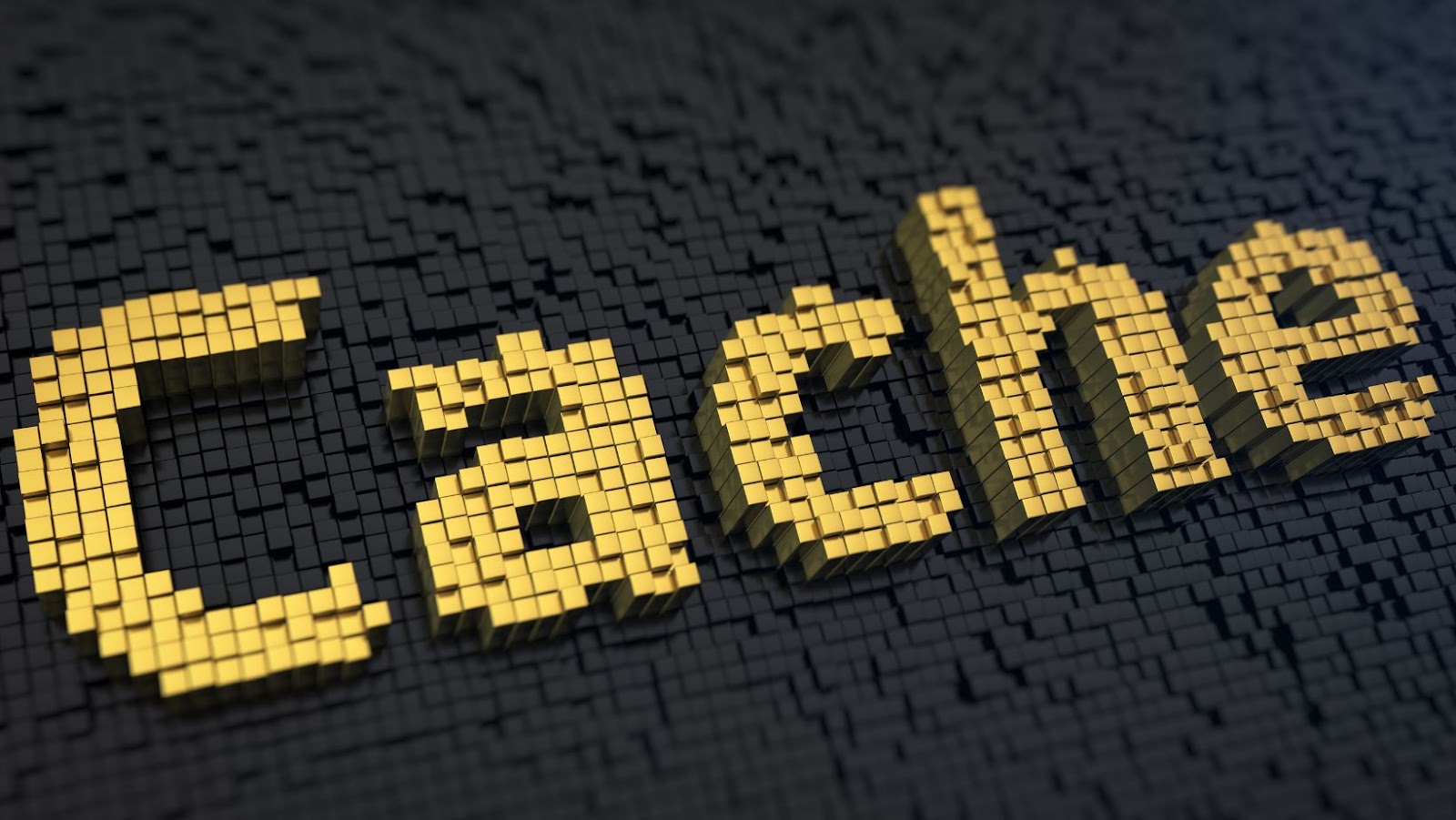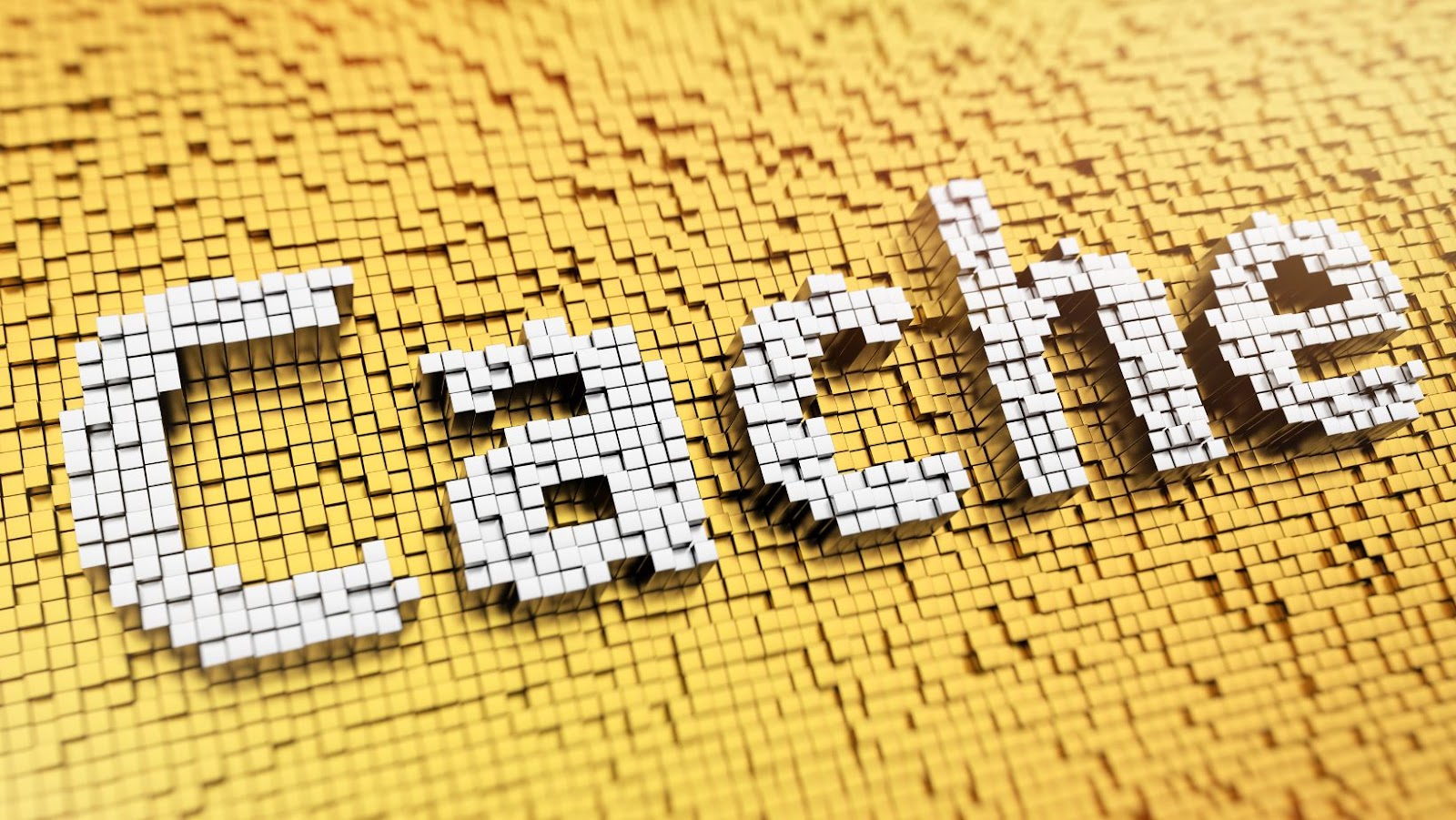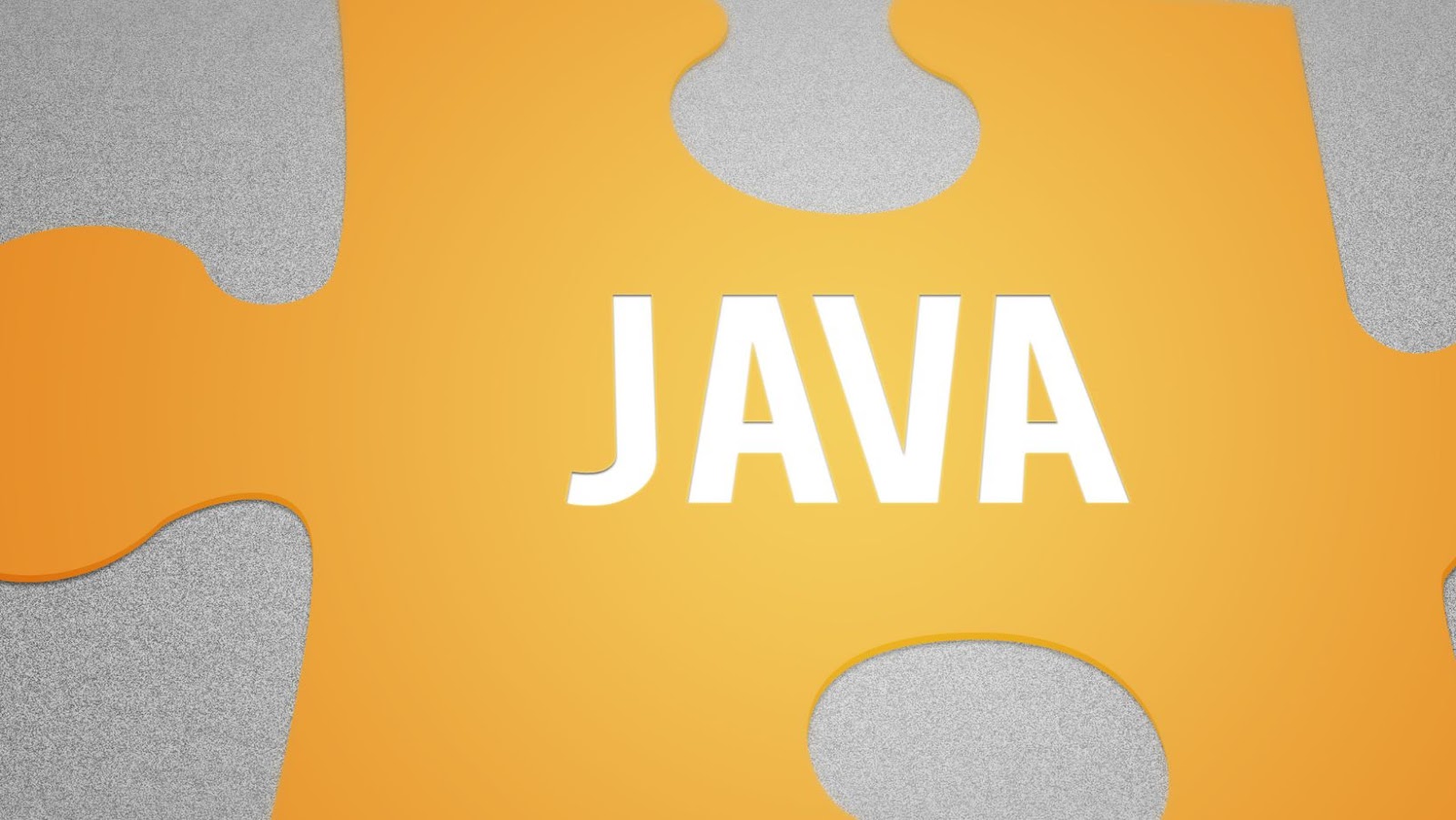
Java applications often need to store files on a user’s system to maintain user preferences, cache data and provide other features. Java stores these files in the Java cache directory, and the use of this directory can significantly speed up the performance of your application. However, as more and more applications rely on the Java cache, the size of the directories can grow with time.
To ensure your application is running smoothly, it is important to clear out this cache of unused and unnecessary files periodically. This guide provides tips for clearing the Java cache directory and freeing up disk space:
What is Java Cache?
Java Cache is a temporary storage area for files that download to your computer when you access content or services on the Internet using the Java Runtime Environment (JRE). Initially, the cache allows applications or webpages to launch quicker than if they have to be completely downloaded every time. While this can be beneficial as a time-saver, over time these files can accumulate and will eventually cause performance issues with your computer. Periodically clearing out these cached files is an important step in keeping your machine running optimally.
Here we take a look at how to clear the Java Cache:
Why Clear the Java Cache?
Clearing the Java cache on your computer can help improve the performance of your applications and resolve error messages. It is recommended that you clear the Java cache periodically, since old and unused files can slow down your system and impact the functionality of Java-based applications. Clearing the cache helps to ensure that you’re accessing up-to-date files and information, as well as ensuring that all unnecessary data has been deleted, freeing up space on your system.
The Java cache stores information about recently accessed applications, which helps load them faster when they are re-opened or when multiple versions of the same application are running at once. The information stored in the cache also reduces server load by storing some parts of a program locally on a user’s computer so they don’t have to re-download them each time they access it again. Over time, however, these stored items can become obsolete and can cause errors with communicating with servers or for loading applications properly.
How to Clear the Java Cache
Java is one of the most popular programming languages in the world, and it is used to create websites and applications. The Java cache is used to store temporary files, and it is important to regularly clear the Java cache to reduce errors, improve system performance, and make sure that the latest versions of Java applications are running properly.
In this article, we’ll detail the steps necessary to clear the Java cache:
On Windows
On Windows, in order the clear the Java cache, perform the following steps:
- Open Control Panel.
- Locate and open the Java Control Panel (Java icon).
- On the General tab, click on Settings under Temporary Internet Files section.
- The Temporary Files Settings dialog box appears.
- In this box, you can select which type of files you would like deleted; for instance temporary internet files, downloaded program files and offline content.
- Click on Delete Files and all of selected items will be removed from your computer system’s cache folder(s).
- Once complete close all windows to complete the task of clearing the Java Cache on Windows systems.
Clear the Java Cache in Windows 10
If you are experiencing problems with Java applications on your Windows 10 computer, one of the first things you should try is to clear the Java cache. The Java cache stores files for faster loading of the Java-based programs and provides functionality for troubleshooting these applications.
Here’s how to clear the Java Cache in Windows 10:
- Access Control Panel
To start, access Control Panel, which can be done by going to Start > Settings > Control Panel > Programs and Features. - Uninstall or Update Program / Application
Once you are in Control Panel, scroll through the list of installed programs or applications. You will need to find and uninstall any versions of Java that have been previously installed on your computer before moving forward. If a version is currently installed, update it prior to moving onto Step 3. - Clear Temporary Internet Files
Launch a browser window such as Microsoft Edge or Google Chrome. Type “Internet Options” into the search field and open Internet Options from the list of results that appear. Go to the General tab and click “Delete” in order Delete Browsing History section. Make sure that Temporary Internet Files box is checked off before pressing delete . This will completely clear out any temporary files associated with Java outside of its own program directory-files that could potentially be conflicting with it after installation or upgrade causing errors down the line when running a program or application written in Java language .

Clear the Java Cache in Windows 8
Clearing your Java cache in Windows 8 is similar to the process in Windows 7. Begin by opening up your Control Panel and then clicking on Programs. On the left hand side, you’ll see an option for “Java” click this to open up the options for Java.
Once Java loads, select the option on the right side of the window labeled “View” and then click “Settings”. On this page you can select to clear your Temporary Files and Downloaded Applications & Applets. Once these are cleared, close out of Control Panel and restart any applications that require Java access.
If you’d like to clear additional pieces of data from your computer, there is an option at the bottom of View Settings that allows you to “Delete Files”. This will allow you to remove older versions of Java or manually delete individual pieces of cached data related to specific applications or websites that use Java scripts.
Clear the Java Cache in Windows 7
Clearing your Java cache in Windows 7 is a relatively easy process to complete. Below are steps outlining the specifics:
- Click the Start button in the bottom-left corner of your screen and type Java into the search box.
- Select Configure Java from the list of search results to open the Java Control Panel.
- Go to the Temporary Internet Files section and click Delete Files….
- Select all options shown in this window, including: Applications and Applets, Trace and Log Files, and Other Files that may have been downloaded by applications.
- Click OK in both windows to completely clear your Java cache on Windows 7 computer or device.
- If done correctly, a message should appear confirming that it was successful; otherwise repeat these same steps until it is successful cleared from your computer or device.
On Mac
If you’re running a Mac, the process for clearing your Java cache is easy. It’s important to clear your cache occasionally so that your computer remains free of corrupted files.
- Go to Finder and click on Applications
- Open Utilities and select Terminal
- Type in the following code: sudo /usr/libexec/JavaControlPanel
- Enter your password when asked then click OK
- Click the “General” tab in the Java Settings Panel
- Click “Settings” next to “Temporary Internet Files” then select “Delete files.”
- Check any boxes that appear to confirm that you want to delete all application and applet files, as well as all other files linked with them (cached images).
- Finally, restart your computer for the changes to take effect
Clear the Java Cache in Mac OS X
Clearing Java’s cache in Mac OSX is a simple process that can help to speed up your computer and prevent problems caused by old data stored in the cache. As with any process that involves clearing stored data, it is important to make sure you understand the implications and proceed with caution.
To clear the Java Cache in OS X:
- Go to ‘System Preferences‘ and click on ‘Java‘.
- On the ‘General‘ tab, click on the ‘Settings…‘ button on the bottom left side of the window.
- Click on ‘Delete Files…‘
- Check all three options – Applications, Applets, and Other Files – then click OK twice to clear all of Java’s cached files from your system.
Clear the Java Cache in Mac OS X 10.6
For Mac OS X 10.6, there are two different ways to clear the Java cache.
First Method: From the Apple Menu
- Click the Apple icon at the top left of your screen.
- Click System Preferences from the dropdown menu
- Click on Java from this window
- Click Delete Files in the Temporary Internet Files section
- Select Everything in the Delete Files and Applications Window
- Click OK twice and you’re done!
Second Method: From Terminal Application
- Open your Applications folder and click Utilities → Terminal app. Your window should now display a prompt asking for various commands.
- At this prompt type: /Library/Internet Plug-Ins/JavaAppletPlugin/JavaAppletPluginSettings And then press enter.
- You will now be presented with a window that says ‘Delete Runtime Versions’.
- Select all versions of your runtime included in this list.
- Choose Delete Selected Versions.
- Close all windows.
- Close Command Prompt.
- That’s it – you have successfully cleared your Java Cache!

On Linux
Clearing the Java cache on Linux is a relatively easy process. The first step is to shut down Java, or any programs currently running the application. Then, delete all of the temporary files created by Java. These files are usually found in the “/tmp” directory and have extensions such as .ser and .jar.
Once all of these files are removed, you need to open up a terminal window and type ”sudo update-java-alternatives –clear” followed by ”y” to confirm your selection. This will clear out all of the old versions of Java stored on your computer, ensuring that you do not experience any compatibility issues when running Java applications.
Finally, restart the machine for these changes to take effect.
Clear the Java Cache in Ubuntu
Clearing the Java Cache in Ubuntu is a relatively simple process. To clear the Java cache, you first need to go to the Control Panel of your operating system by double-clicking on the Start button at the bottom left-hand corner of your screen, and then selecting “System”. This will take you to a page with a list of icons and options to choose from. Once here, click on the “Processor” button.
Once at the processor page, scroll down until you find an “Advanced” tab at the top of this menu. In this tab, there will be an option for ‘Java Cache’. When selected, a new window will pop up with two tabs – General and Advanced – that offer more specific settings related to clearing your Java cache. Head over to the Advanced tab where you can enable or disable features such as:
- temporary file clean up (default is checked)
- hibernation clean up (defaults is checked)
- garbage collector activity (defaults is not checked)
Once all your settings are configured correctly click on OK, exit out of all other windows, and then restart your computer for these changes to take effect.
Clear the Java Cache in Red Hat
Clearing the Java Cache in Red Hat can be done by opening up the command prompt in root mode. Ensure that you have root privileges before inputting any commands into the Command Prompt.
You must first disable automatic refreshing of Java Applet Cache by running this command:
`/usr/bin/tfm-usercache/disable-applet-caching –all-users`
Next, ensure that the java executable is enabled situationally by typing this command:
`alternatives –config java`
This will present you with a list of available options from which to choose from, depending on your version of Java. Select your version and press Enter.
Then, you must delete all existing files in the system caches for Java with this command:
`rm -rf /var/cache/java/*/*/*/*/*/*`
Finally, re-enable automatic refreshing of Java Applet Cache and clean out temporary files using these two commands:
- `/usr/bin/tfm-usercache –enable-applet-caching all_users`
- `rm -rf /tmp/.javaws*`
Conclusion
Clearing your Java cache is an important part of maintaining your computer’s performance. Not only does it help improve the experience you have with a particular web application, but it also frees up valuable disk space on your hard drive. It isn’t difficult, so take a few moments to clear out your Java cache, and you will quickly start to see the benefits.
There are many different methods available to clear the Java Cache, and we’ve highlighted some of the most popular ones here. Whichever method you choose, make sure that you follow the steps carefully in order to avoid any potential problems with the re-use or installation of Java applets. Doing so can help keep your PC in good health for years to come.
- Popular methods to clear the Java Cache include:



